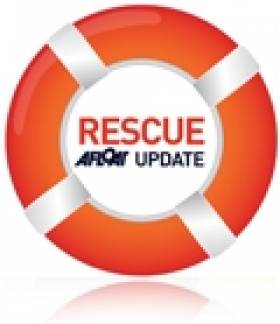Displaying items by tag: RNLI Bangor
Children Rescued From Co Down Waters
Four teenagers were rescued in Co Down last weekend when they were cut off by the tide, the News Letter reports.
The teens were caught up to their shoulders in water at Ardilea on Saturday evening when they were retrieved by a former volunteer coastguard who lives nearby.
The group were met at the shore by the South Down Coastguard Rescue Team and NI Ambulance Service paramedics and taken to hospital showing signs of hypothermia.
Meanwhile, on Friday night RNLI Bangor lifeboat rescued a young girl stranded on a rock near Groomsport after a call from a member of the public.
“With waves breaking around the knees of the frightened child it was paramount that she be brought ashore as quickly as possible," said a coastguard statement.
The girl was treated by waiting paramedics at the shore.
Donation for Bangor Lifeboat Crew
RNLI Bangor's volunteer lifeboat search and rescue crew were pleased to receive a donation of £500 from the Bangor Marina Berth Holders Association this week.
Association chairman Martin Wilson said: "Every year our members raise funds for various local nautical charities and this year we decided that the RNLI Lifeboat at Bangor would be one of our worthy causes."
Bangor RNLI operations manager Kevin Byers said that the RNLI "is always grateful to receive funds, being a charity we are totally reliant on suchdonations. It allows us to provide 24-hour emergency cover and to continueto save lives at sea."
He added: "I would like to thank the Bangor Berth Holders Association for their support."

























































